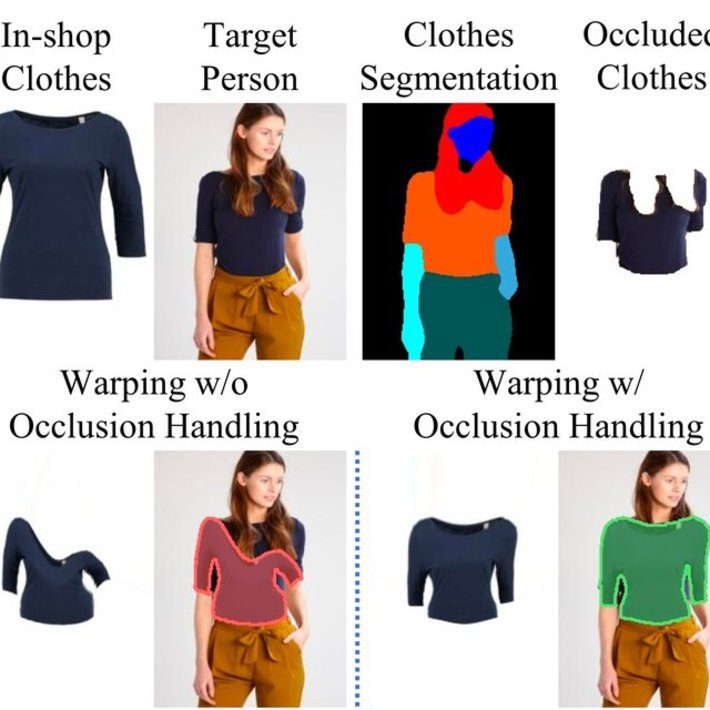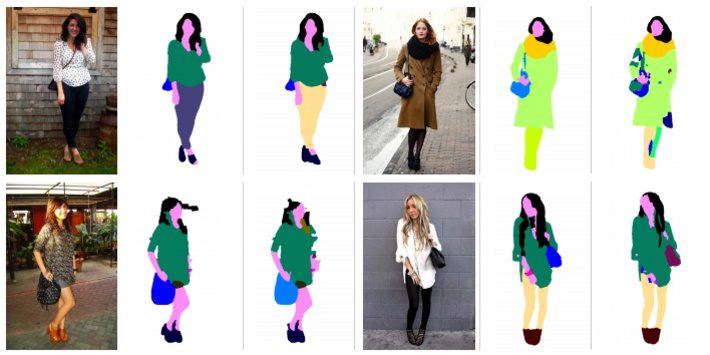
In today’s time, fashion interpretation and analysis have been a hot issue in the computer vision field. Fashion is a perfect subject to employ various computer vision algorithms to improve the online shopping experience and provide considerable economic value due to the abundance of visual information accessible.

Understanding fashion in a single image remains a challenge due to the vast diversity of clothing kinds and their unexpected look.
Apart from the already difficult tasks of identifying garments from a large number of categories and distinguishing abstract styles from one another, tasks like localizing and segmenting fashion items are more desirable for real-world applications such as online shopping, personalized recommendation, and virtual try-on, among others.
Using polygon for segmentation to solve problems in fashion industry
The first step in addressing the aforementioned issues is to establish a high-quality, large-scale dataset that can be used to train algorithms.
When compared to creating image-level labels, such fine-grained annotations are frequently costly to get since they need a large number of human resources and domain expertise. Cogito Tech LLC can assist you with the training datasets for fashion and can provide both semantic and instance segmentation using polygons.

In fashion applications, recognizing apparel design and finding polygon key points of fashion products are useful. Apart from pixel-level segmentation
masks, another common type of annotation in semantic segmentation is the polygon. Because all objects cannot fit within a rectangular (bounding) box owing to their design, complex polygons are employed in place of rectangle boxes to more precisely characterize the shape and position of the target item. Polygonal segmentation is a kind of segmentation that uses complicated polygons. This enables the capturing of irregularly shaped items.
How Polygon Annotation work in computer vision and object detection
Bounding boxes are quick and simple to use, but they struggle with unusual forms. When it comes to real-life situations, irregular forms are far more prevalent than their regular counterparts.
Polygon annotation catches more lines and angles than bounding boxes, which are limited to rectangles and squares. In practice, this entails selecting precise places on the screen to plot vertices. Annotators who use polygon annotation have the ability to alter orientation as needed to best depict an object’s real geometry.
Other Industry Use Cases
For semantic and instance segmentation, polygon annotation technique is frequently used. Irregular forms need a more accurate tool than a bounding box. Polygon annotation is a valuable tool for the fashion industry since it allows annotators to designate little things that can be missed through bounding boxes.
1. Semantic Segmentation for Asymmetrical Objects in Autonomous Driving
Polygon annotation is often used for semantic and instance segmentation. It is a valuable tool for autonomous driving since it allows annotators to designate road edges, walkways, and obscured objects, among other things.
2. Aerial Object Localization using Drones and Satellites
From rooftops and chimneys to trees and swimming pools, drones and satellites must distinguish irregular objects from above.
Contours are used in aerial view imaging. Precision is essential here, as well. Polygon annotation comes in in in this situation.
3. Computer Vision in Agriculture: Detecting Patterns
Polygon annotation enables computer vision in a range of applications. Polygonal forms abound, and capturing them in-depth necessitates the use of the right instrument.
Polygon annotation is a helpful technique in agriculture because it allows annotators to identify critical elements such as crop rows, insect leg locations, and other details that are difficult to capture using a bounding box.
